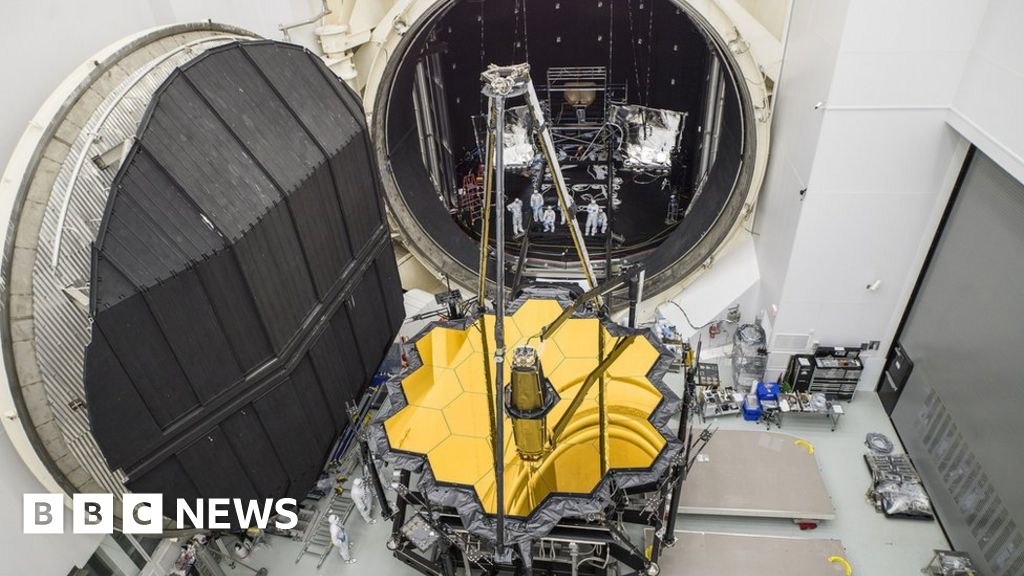
The successor to the Hubble Space Telescope has been delayed yet again and will not now launch before May 2020.
The James Webb Space Telescope is also in danger of busting the cost cap put on the project by the US Congress.
Back in 2011, politicians on Capitol Hill said the observatory should not take more than $8bn to build and $800m to operate over five years in orbit.
US space agency officials now say the construction bill could exceed the cap.
If that happens, Nasa will have to go back to Congress to get the mission re-authorised.
Webb is a joint venture between the American space agency and its European and Canadian counterparts.
When it eventually goes into space, it will search of the very first stars to shine in the Universe.
To achieve this ambition, it will deploy a 6.5m-wide mirror, giving the observatory roughly seven times the light-collecting area of Hubble.
Allied to instruments that are sensitive in the infrared, Webb will be tuned to detect the faint, "stretched" glow of objects that originally shone more than 13.5 billion years ago.
For several years, JWST had maintained a development track that would have seen it launch in October 2018. But then late last year, Nasa announced that it was pushing back the lift-off from the European spaceport in French Guiana to between March and June 2019.
Officials cited the extra time engineers needed to complete integration of the observatories components and then test them. In particular, additional margin was required to get the tennis court-sized sun-shield ready for flight.
The US Government Accountability Office then conducted one of its regular reports on the project and found that even making a spring launch in 2019 was optimistic.
Astronomers fully expect JWST to be a revelation. Hubble is restricted in how deeply it can see in space - and therefore how far back in time. Its 2.4m-wide mirror cannot quite collect enough photons, and its instruments are not sensitive in just the right portion of the electromagnetic spectrum, for the veteran telescope to probe the era of first star formation.
It continues to make very valuable observations, however, and is expected to continue to do so well into the 2020s.
Even as it was being launched in 1990, scientists were planning what would come after. Before being officially aproved, the Next Generation Space Telescope, as it was known back then, was thought likely to cost from $1bn to $3.5bn. Launch dates ranging from 2007 to 2011 were considered realistic.
Jonathan.Amos-INTERNET@bbc.co.uk and follow me on Twitter: @BBCAmos
Read Again JWST: Hubble 'successor' faces new delay : https://ift.tt/2pKgCyMBagikan Berita Ini















0 Response to "JWST: Hubble 'successor' faces new delay"
Post a Comment